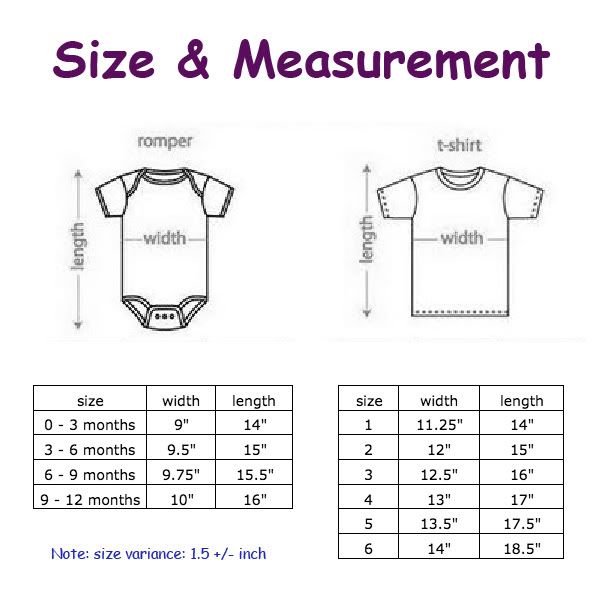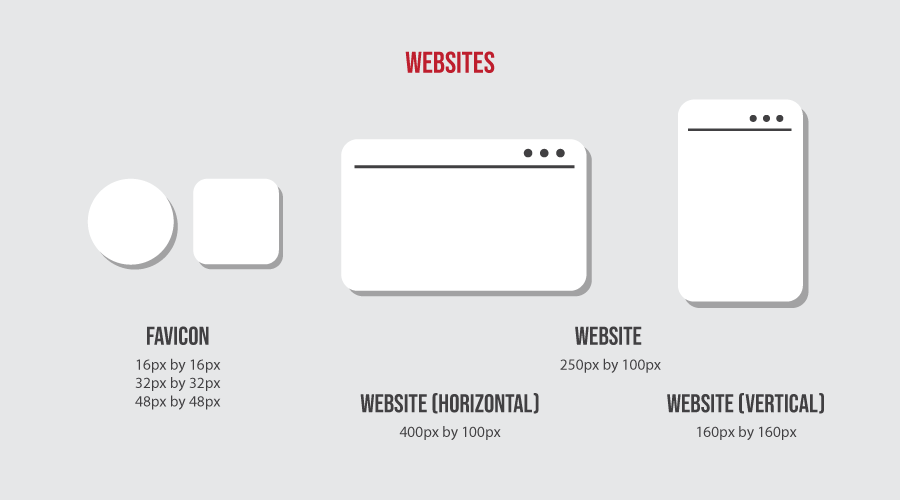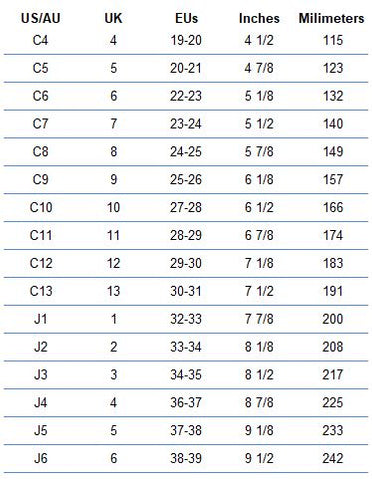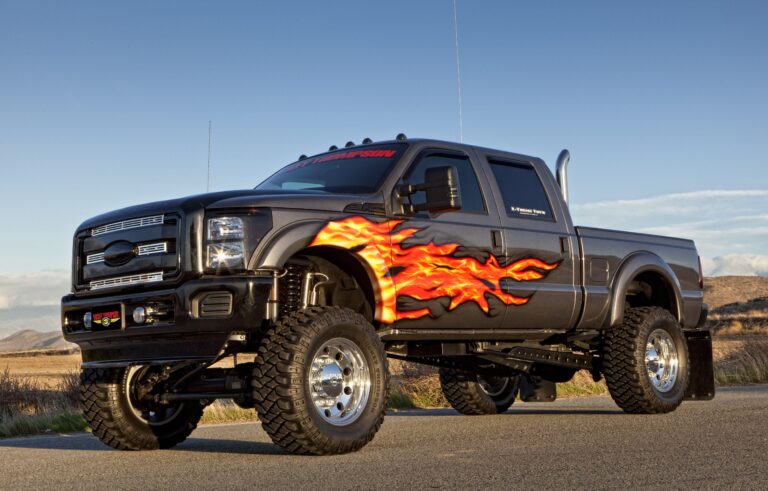What Size Cap Do I Buy For My GMC Sierra Crew Cab Short Bed Truck?
What Size Cap Do I Buy For My GMC Sierra Crew Cab Short Bed Truck? cars.truckstrend.com
For owners of a GMC Sierra Crew Cab Short Bed truck, the decision to purchase a truck cap (also known as a topper or shell) is often driven by a desire for enhanced security, weather protection for cargo, increased storage versatility, and sometimes even improved aesthetics. A truck cap transforms your open bed into a secure, enclosed space, making your truck more versatile for work, recreation, or everyday hauling. However, unlike a simple tonneau cover, choosing the right truck cap involves precise measurements, understanding different styles, and considering your specific truck’s model year.
The seemingly straightforward question, "What size cap do I buy for my GMC Sierra Crew Cab Short Bed truck?" is deceptively complex. It’s not just about "short bed"; it’s about the exact length of your short bed, the specific year of your Sierra, and even the nuances of its body style. A cap that doesn’t fit perfectly can lead to leaks, security compromises, poor aesthetics, and ultimately, buyer’s remorse. This comprehensive guide will walk you through every critical step to ensure you select the perfect truck cap for your GMC Sierra Crew Cab Short Bed.
What Size Cap Do I Buy For My GMC Sierra Crew Cab Short Bed Truck?
Understanding Your Truck’s Dimensions: The Foundation of a Perfect Fit
The first and most crucial step in purchasing a truck cap is to accurately measure your truck’s bed. While "short bed" is a common term, the actual length can vary slightly between manufacturers and even between different generations of the same truck model. For your GMC Sierra Crew Cab, the "short bed" typically refers to a bed length of approximately 5 feet 8 inches (or around 69-70 inches).
Here’s how to get precise measurements:
- Measure the Bed Length: Using a tape measure, measure from the inside front of your truck bed (where it meets the cab) to the inside of the tailgate. Measure along the top edge of the bed rails. Do this several times to ensure accuracy. Note down the measurement in inches.
- Verify Your Model Year: The year your GMC Sierra was manufactured is paramount. Truck cap manufacturers design their caps to precisely match the contours, angles, and dimensions of specific truck body styles. For example, a cap designed for a 2017 GMC Sierra (part of the 2014-2018 generation) will likely not fit a 2020 GMC Sierra (part of the 2019-present generation) perfectly, even if both are Crew Cab Short Beds, due to changes in body lines, tailgate design, and bed rail profiles.
- Confirm Your Cab Configuration: While the "Crew Cab" designation primarily refers to the passenger cabin size and doesn’t directly influence the bed dimensions for a cap, it’s essential to specify it when ordering. It helps ensure you’re looking at the correct bed options associated with that cab style.

Key Bed Lengths for GMC Sierra Crew Cab Short Beds:
- Third Generation (2014-2018) GMC Sierra Crew Cab Short Bed: Typically 5’8" (approx. 69.3 inches)
- Fourth Generation (2019-Present) GMC Sierra Crew Cab Short Bed: Typically 5’8" (approx. 69.9 inches)

Even though both are "5’8" beds," the slight difference in exact inches and, more importantly, the distinct body styling of each generation necessitate a cap specifically designed for that year range.
Exploring Types of Truck Caps: Beyond Just Size
Once you have your precise measurements and model year identified, you can start considering the various types of truck caps available. These options primarily differ in material, style/height, and features, each offering distinct benefits.

Materials:
-
Fiberglass:
- Pros: Most popular choice, allows for custom paint matching to your truck, sleek and aerodynamic, durable, good insulation properties.
- Cons: Can be heavier, more expensive, and less forgiving to impacts than aluminum.
- Ideal For: Everyday use, aesthetics, light to moderate cargo, camping, general recreation.
-
Aluminum:
- Pros: Lighter weight, very durable, often less expensive than fiberglass, excellent for commercial or heavy-duty use.
- Cons: Often has a more utilitarian or "work truck" appearance (though some modern designs are sleek), can be louder due to less insulation.
- Ideal For: Work trucks, contractors, utility, heavy hauling, budget-conscious buyers prioritizing function over aesthetics.
-
ABS Plastic/Composite:
- Pros: Lightweight, good impact resistance, often more affordable, can be molded into various shapes.
- Cons: May not offer the same premium feel or customizability as fiberglass, can sometimes look less integrated.
- Ideal For: Entry-level options, those on a tighter budget, or specific lightweight applications.
Styles/Heights:
-
Cab-High (Flush Mount):
- Description: The most common style, designed to be flush with the roofline of your truck’s cab.
- Benefits: Maintains the truck’s factory lines, most aerodynamic, sleekest appearance.
- Ideal For: General use, aesthetics, improved fuel efficiency, protecting gear from weather.
-
Mid-Rise:
- Description: Slightly taller than the cab-high cap, offering a few extra inches of interior vertical space.
- Benefits: Increased cargo volume, easier to stand or move around inside (for camping), still relatively aerodynamic.
- Ideal For: Weekend adventurers, light camping, hauling slightly taller items.
-
High-Rise (Wedge/Commercial):
- Description: Significantly taller than the truck’s cab, often with a sloping front or full height across the bed.
- Benefits: Maximum cargo capacity, ideal for hauling large items, providing ample headroom for extensive camping or work use.
- Ideal For: Contractors, serious campers, those needing to haul large or bulky equipment, mobile workshops.
Features and Customization:
Beyond basic fit and style, truck caps offer a plethora of features that can enhance their utility:
- Windows: Sliding, pop-out, screened, dark tint.
- Access: Side access doors (common on commercial caps), rear window options (frameless, single handle).
- Interior: Carpeted headliner (reduces condensation, improves insulation), interior LED lighting, 12V power outlets.
- Roof Racks: Integrated tracks or full roof racks for carrying bikes, kayaks, lumber, etc.
- Security: Keyed locks, power locks integrated with your truck’s remote.
- Ventilation: Vents for air circulation, crucial for pets or humid environments.
The Buying Process: Where to Find Your Cap
Once you know the size and type of cap you want, it’s time to find a reputable seller.
- Authorized Dealers: This is often the best route for new caps. Major brands like Leer, ARE, Snugtop, and Raider have extensive dealer networks. Dealers can ensure you get the correct model-year specific cap, handle professional installation, and provide warranty support. They also often have display models you can see in person.
- Online Retailers: Many online stores sell truck caps and can ship them directly or through a local installer. While convenient, ensure they have a clear return policy and confirm compatibility thoroughly.
- Used Market (Craigslist, Facebook Marketplace): A used cap can save you money, but it comes with significant risks.
- Fit is paramount: Even if listed for a "GMC Sierra Short Bed," the exact year is crucial. A cap from a slightly different model year or even a different brand’s truck will likely not fit perfectly or seal correctly.
- Condition: Inspect for cracks, warped seals, broken windows, or damaged locks.
- Color Match: Unless you plan to repaint, finding a perfect color match for a used cap is rare.
Practical Advice: Always specify your exact year, make, model, cab configuration (Crew Cab), and precise bed length (e.g., "2019 GMC Sierra 1500 Crew Cab Short Bed, 5’8" bed") to any dealer or seller. A reputable dealer will ask for your VIN to confirm compatibility.
Important Considerations Before You Buy
- Budget: Truck caps are a significant investment. Prices vary widely based on material, features, and brand. Factor in installation costs, which are often separate.
- Primary Use: Are you primarily protecting tools, camping, transporting pets, or just enhancing your truck’s look? Your primary use will dictate the ideal style and features.
- Color Matching: If you choose a fiberglass cap, ensure the dealer can match your truck’s paint code. This creates a seamless, factory-installed look.
- Weight Impact: A cap adds weight to your truck, which can slightly affect fuel economy and handling. If you frequently haul heavy loads, consider the added weight of the cap.
- Installation: While some DIY enthusiasts install caps, professional installation is highly recommended. It ensures a proper seal (preventing leaks), correct wiring for lights and power locks, and secure mounting. This also often preserves the manufacturer’s warranty.
- Warranty: Understand the manufacturer’s warranty on the cap itself (often structural and paint) and any warranty offered by the installer.
Estimated Price Guide for GMC Sierra Crew Cab Short Bed Caps
Prices for truck caps are highly variable, influenced by brand, material, features, dealer, location, and market conditions. The following table provides estimated price ranges for common types of new truck caps suitable for your GMC Sierra Crew Cab Short Bed. These estimates typically do not include installation costs, which can add several hundred dollars.
| Cap Type/Material | Key Features | Estimated Price Range (USD) | Ideal For | Fitment Note (GMC Sierra Crew Cab Short Bed) |
|---|---|---|---|---|
| Fiberglass – Cab-High | Sleek, paint-matched, good aerodynamics, rear door with lock, basic interior. | $1,800 – $3,000 | Everyday use, aesthetics, light cargo protection, mild camping. | Model-year specific molds (e.g., 2014-2018 or 2019+) are critical for perfect body line match. Always confirm your exact year. |
| Fiberglass – Mid-Rise | Slightly taller than cab, more interior volume, paint-matched, standard features. | $2,200 – $3,500 | More cargo space, occasional camping, better headroom without extreme height. | Model-year specific molds required. Provides a good balance of looks and utility. |
| Fiberglass – High-Rise/Wedge | Maximum interior volume, significantly taller profile, often larger rear opening, paint-matched. | $2,500 – $4,000 | Utility, serious camping, hauling bulky items, mobile workshops. | Model-year specific molds are essential. Designed for function over pure aesthetics. |
| Aluminum – Basic Work Cap | Durable, lightweight, often unpainted or painted white, utilitarian, basic rear door. | $1,500 – $2,500 | Work trucks, heavy-duty use, budget-conscious utility, no-frills protection. | Generally more forgiving on exact body contours, but bed length and year still critical for proper seal and mounting. |
| Aluminum – Commercial/Custom | Heavy-duty, often with side access doors, shelving, ladder racks, interior lighting, custom configurations. | $3,000 – $6,000+ | Trades, contractors, specialized utility, frequent heavy hauling, secure tool storage. | Often built to order; precise bed dimensions and year are mandatory for custom integration. |
| Add-On Features (Estimate) | Roof racks, carpeted interior, LED lighting, power locks, pet screens, vent windows, reinforced roof. | $100 – $1,000+ (per feature/package) | Customization for specific needs and enhanced functionality. | Costs are additional to the base cap price and vary by manufacturer and feature. |
Disclaimer: The prices provided are estimates only and are subject to significant variation. Factors such as specific brand (Leer, ARE, Snugtop, etc.), dealer pricing, geographic location, material choice, and the inclusion of premium features or installation services will influence the final cost. Always obtain a direct quote from an authorized dealer for accurate pricing.
Frequently Asked Questions (FAQ)
Q: Will a cap from a different truck model or even a different GMC Sierra year fit my Crew Cab Short Bed?
A: Highly unlikely to fit perfectly. Even small differences in bed dimensions, bed rail caps, tailgate angles, and body lines between different truck models or even different generations of the same model (e.g., 2017 vs. 2020 Sierra) will prevent a proper, watertight, and aesthetically pleasing fit. Always buy a cap specifically designed for your exact year, make, and model.
Q: Can I install the truck cap myself?
A: While technically possible, it’s generally not recommended for new caps. Truck caps are heavy and awkward, requiring multiple people to lift safely. Professional installation ensures a proper, watertight seal, correct wiring for lights and power locks, and secure clamping, which is vital for both safety and maintaining the cap’s warranty.
Q: Does adding a truck cap affect gas mileage?
A: The impact is often minimal and can even be slightly positive. A well-designed, cab-high cap can improve aerodynamics by smoothing airflow over the bed, potentially leading to a slight increase in fuel efficiency compared to an open tailgate. However, the added weight of the cap will also have a small counteracting effect.
Q: How do I know if my GMC Sierra Crew Cab has a "short bed"?
A: The easiest way is to measure it yourself. Measure the inside length of your truck bed from the bulkhead (front of the bed near the cab) to the inside of the tailgate. For a GMC Sierra Crew Cab, a "short bed" typically measures approximately 5 feet 8 inches (around 69-70 inches).
Q: What’s the difference between a truck cap, topper, and shell?
A: These terms are largely interchangeable and refer to the same product: an enclosed cover that fits over the truck bed. "Truck cap" is perhaps the most widely used term.
Q: Do I need to remove my bed liner before installing a cap?
A: Most truck caps are designed to work with both drop-in and spray-in bed liners. However, some specific installation methods or types of bed liners might require minor adjustments or trimming to ensure a secure clamp or seal. Your installer will advise you if this is necessary.
Q: How long does it take to get a new truck cap after ordering?
A: If you order a custom-painted fiberglass cap, especially for a less common color, it can take anywhere from 4 to 12 weeks for manufacturing and shipping from the factory to the dealer. Stock caps (e.g., white aluminum) might be available sooner.
Conclusion
Choosing the right truck cap for your GMC Sierra Crew Cab Short Bed truck is an investment that significantly enhances your vehicle’s utility, security, and appearance. The key to a successful purchase lies in meticulous preparation: accurately measuring your truck bed, confirming your exact model year, and understanding the various cap types and features available.
By prioritizing a precise fit for your specific Sierra generation and considering your primary use case, you can confidently select a cap that not only looks great but also provides reliable protection and functionality for years to come. Don’t rush the decision; take the time to research, measure, and consult with authorized dealers to ensure your new truck cap perfectly complements your GMC Sierra Crew Cab Short Bed, making it an even more capable and versatile machine.





